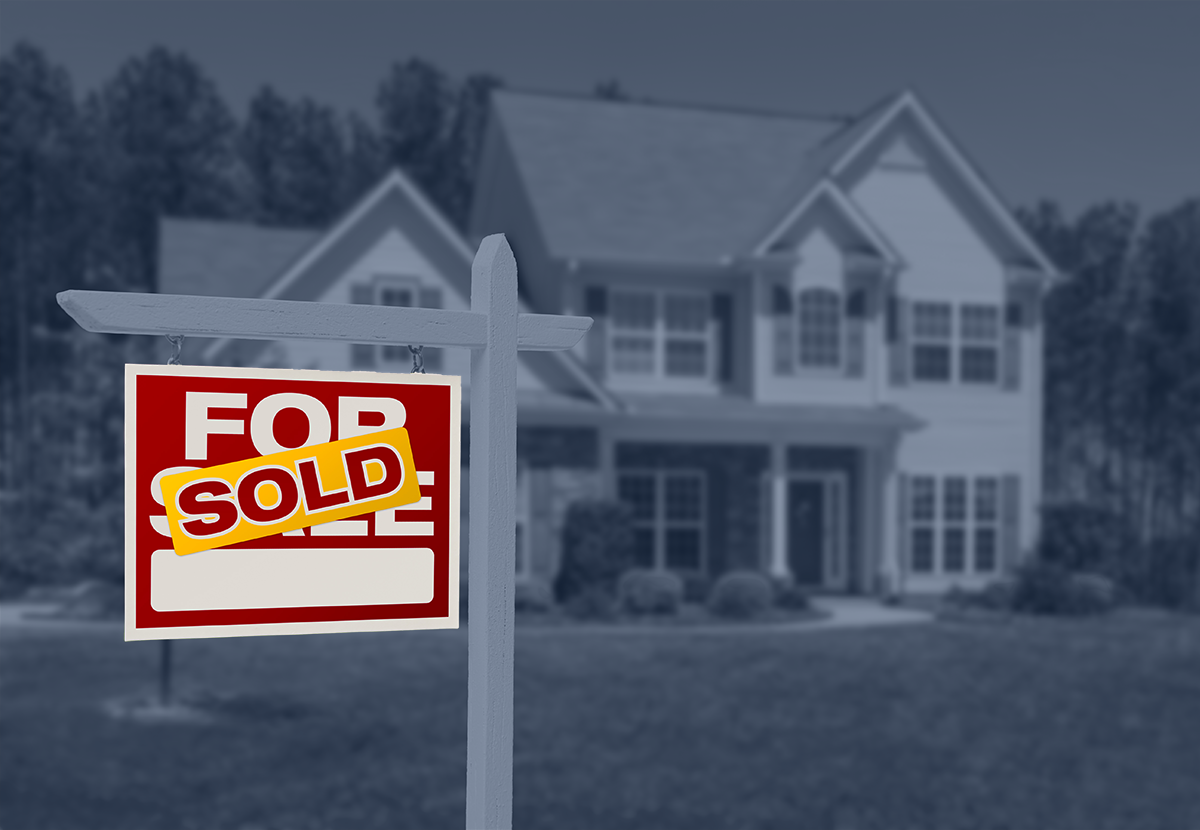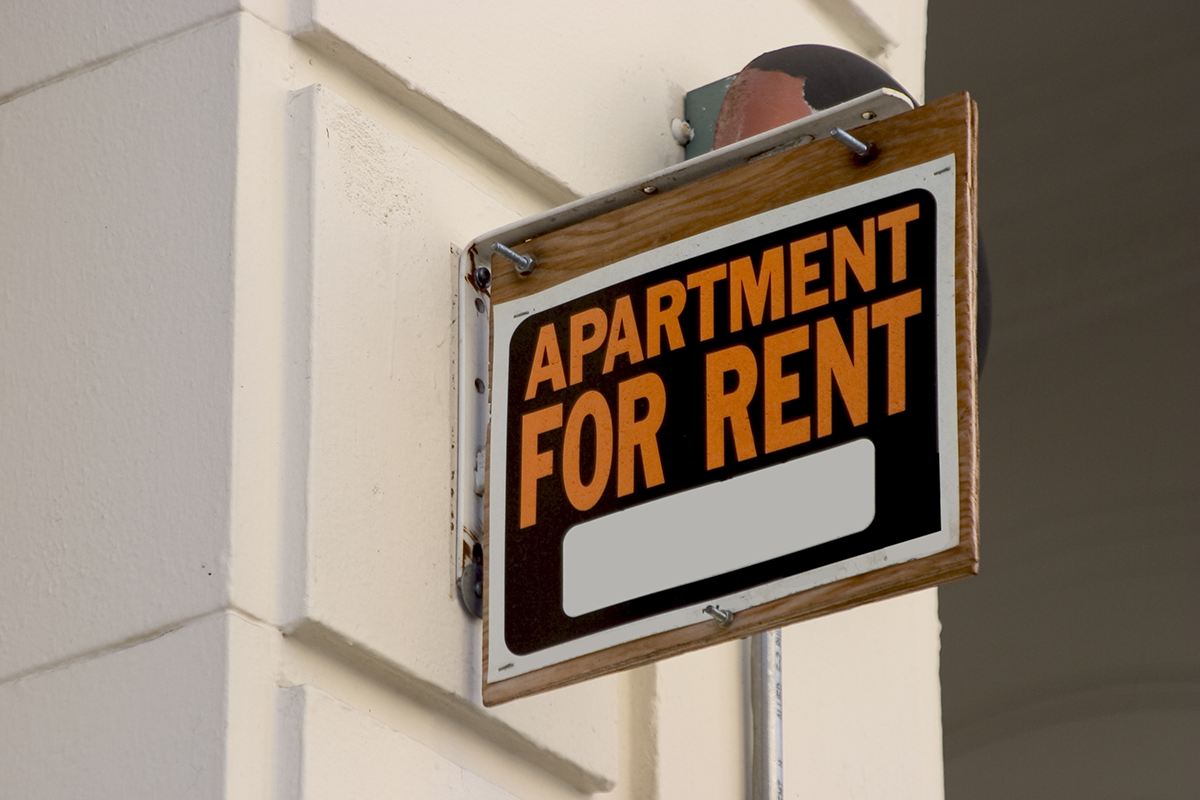Existing-home sales dropped sharply in March, falling to their lowest level since October 2024, as high mortgage rates continued to weigh on affordability and buyer demand, according to the latest report from the National Association of Realtors.
- The South, the largest regional market, saw existing-home sales drop to an annual pace of 1.81 million units in March, down 5.7% from the previous month and the weakest reading in five months.
- The South now accounts for 45% of all existing-home sales in the country.
Nationally, existing home-sales fell 5.9% from February to a seasonally adjusted annual rate of 4.02 million units nationwide. In the West, sales dropped 9.4%, the steepest decline among all regions, followed by the Midwest at 5.0%, and the Northeast at 2.0%.
Inventory: As the pace of sales slowed, inventory levels moved higher. Total housing inventory at the end of March rose to 1.33 million units, an 8.1% increase from February and the highest level since November 2024.
- Months’ supply also rose to 4.0, up from 3.5 in February, marking the highest reading in nearly half a year.
- Homes spent a median of 36 days on the market in March, a quicker turnaround than February’s 42 days but slower than the 33-day average seen a year earlier.
Cash Money: One notable shift came in the cash-buyer segment, which has often played a stabilizing role in tight market conditions. Cash purchases fell to 26% of total transactions in March, down from 32% in February and 28% a year earlier, a sign that stock market volatility may be impacting investor-driven deals.
What They’re Saying: “Home buying and selling remained sluggish in March due to the affordability challenges associated with high mortgage rates,” said NAR Chief Economist Lawrence Yun. “Residential housing mobility, currently at historical lows, signals the troublesome possibility of less economic mobility for society.”
Bottom Line: The contrast between new and existing-home sales is becoming increasingly clear. Builders continue to attract buyers with mortgage buydowns and other incentives—options most existing-home sellers simply can’t offer. The result is a growing divergence between the two segments, with new construction gaining market share as resale activity stalls.



